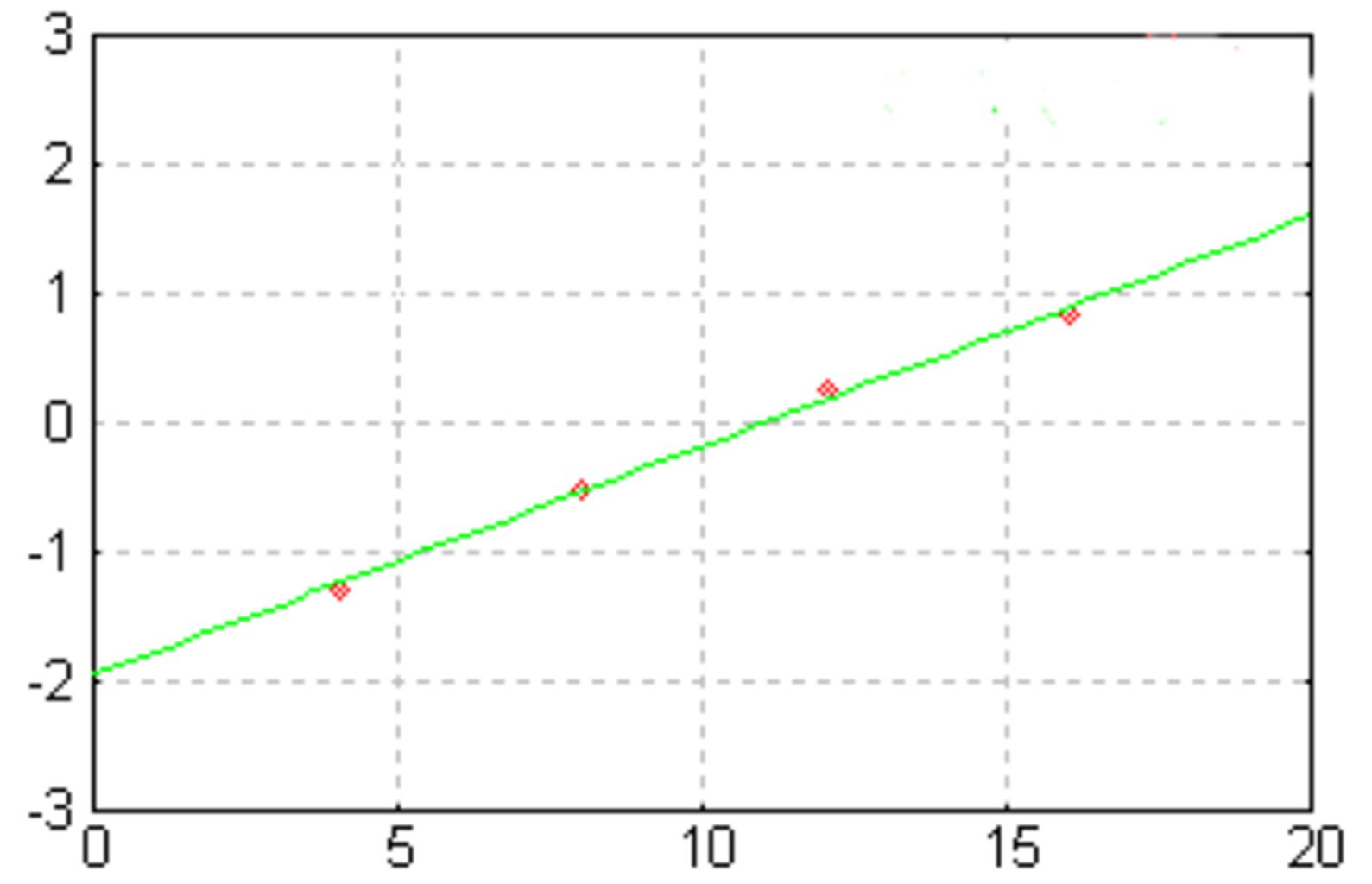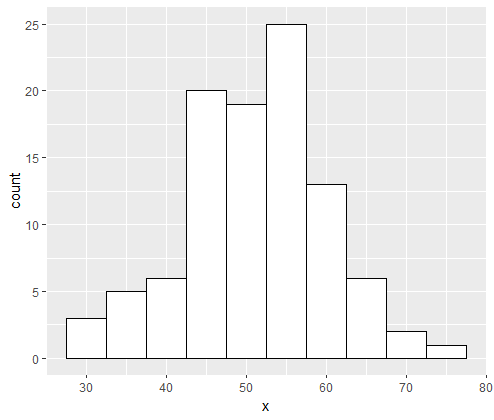Identify positions in R, we will explore how to use the str_subset and str_which functions in R to filter and find patterns in character strings.
These functions are part of the stringr package, which provides a variety of functions for working with strings.
Identify positions in R
To demonstrate the usage of str_subset and str_which, we will create a vector of character strings x and install/load the stringr package:
install.packages("stringr")
library("stringr")
x <- c("aaa", "bbb", "abc")
Example 1: Using str_subset to Filter Patterns
We can use the str_subset function to filter a character string vector and keep only the strings that match a pattern.
How to Calculate Ratios in R » Data Science Tutorials
For example, we can use it to extract all character strings that contain the letter “a”:
str_subset(x, "a")
This will output a vector of character strings that contain the letter “a”:
# "aaa" "abc"
As you can see, str_subset has filtered our original vector and returned only the strings that match the pattern.
Example 2: Using str_which to Find Positions
We can also use the str_which function to find the positions of character strings that match a pattern.
For example, we can use it to find the positions of all character strings that contain the letter “a”:
str_which(x, "a")
This will output a vector of indices that indicate the positions of the character strings that match the pattern:
# 1 3
The RStudio console output shows that the character strings at position 1 and 3 of our vector are containing the letter “a”.
Conclusion
In this article, we have learned how to use the str_subset and str_which functions in R to filter and find patterns in character strings.
By using these functions, you can easily extract specific patterns from your data and identify their positions.
- Add mean value in Boxplots in R with examples
- Find confidence intervals in R
- How to Use the scale() Function in R
- Stock Market Secrets -Stocks Unknown Facts
- How to perform Rolling Average in R
- Machine Learning Impact on your day-to-day life!
- Simple Linear Regression in R








